1,2,4-TRIBROMOBENZENE
- CAS NO.:615-54-3
- Empirical Formula: C6H3Br3
- Molecular Weight: 314.8
- MDL number: MFCD00000062
- EINECS: 210-433-9
- SAFETY DATA SHEET (SDS)
- Update Date: 2024-12-18 14:08:52

What is 1,2,4-TRIBROMOBENZENE?
Chemical properties
WHITE CRYSTALLINE POWDER
The Uses of 1,2,4-TRIBROMOBENZENE
1,2,4-tribromobenzene is used in the synthesis of hyper branched poly(p-phenylene ethynylenes). It is used as cross-linking reagent during Pd-catalyzed cross-coupling of 2,5-diiodo-4-[(2-ethylhexyl)oxy]methoxybenzene and 1,4-diethynyl-2,5-bis-(octyloxy)benzene. It is a compound commonly used in organic synthesis reactions.
General Description
1,2,4-tribromobenzene on photochemical dehalogenation in open-air solutions of acetonitrile yields 1,4-dibromobenzene, 1,3-dibromobenzene and 1,2-dibromobenzene.
Properties of 1,2,4-TRIBROMOBENZENE
| Melting point: | 41-43 °C (lit.) |
| Boiling point: | 275 °C |
| Density | 2.3515 (estimate) |
| refractive index | >110^o(230^oF) |
| Flash point: | >230 °F |
| storage temp. | Sealed in dry,Room Temperature |
| solubility | Chloroform, Ethyl Acetate (Slightly), Methanol (Slightly) |
| form | powder to crystal |
| color | White to Light yellow to Light orange |
| Water Solubility | Insoluble in water. |
| BRN | 1934823 |
| CAS DataBase Reference | 615-54-3(CAS DataBase Reference) |
| EPA Substance Registry System | 1,2,4-Tribromobenzene (615-54-3) |
Safety information for 1,2,4-TRIBROMOBENZENE
| Signal word | Warning |
| Pictogram(s) |
 Exclamation Mark Irritant GHS07  Environment GHS09 |
| GHS Hazard Statements |
H315:Skin corrosion/irritation H319:Serious eye damage/eye irritation H335:Specific target organ toxicity, single exposure;Respiratory tract irritation H410:Hazardous to the aquatic environment, long-term hazard |
| Precautionary Statement Codes |
P261:Avoid breathing dust/fume/gas/mist/vapours/spray. P264:Wash hands thoroughly after handling. P264:Wash skin thouroughly after handling. P271:Use only outdoors or in a well-ventilated area. P273:Avoid release to the environment. P302+P352:IF ON SKIN: wash with plenty of soap and water. P305+P351+P338:IF IN EYES: Rinse cautiously with water for several minutes. Remove contact lenses, if present and easy to do. Continuerinsing. |
Computed Descriptors for 1,2,4-TRIBROMOBENZENE
| InChIKey | FWAJPSIPOULHHH-UHFFFAOYSA-N |
New Products
Tert-butyl bis(2-chloroethyl)carbamate (S)-3-Aminobutanenitrile hydrochloride N-Boc-D-alaninol N-BOC-D/L-ALANINOL N-octanoyl benzotriazole 3,4-Dibenzyloxybenzaldehyde 4-Hydrazinobenzoic acid 1,1’-CARBONYLDIIMIDAZOLE R-2-BENZYLOXY PROPIONIC ACID 3-NITRO-2-METHYL ANILINE 4-IODO BENZOIC ACID 4-HYDROXY BENZYL ALCOHOL 4-(3-chloropropyl)morpholine phenylhydrazine hydrochloride (2-Hydroxyphenyl)acetonitrile 4-Bromopyrazole 5-BROMO-2CYANO PYRIDINE 5,6-Dimethoxyindanone 5-broMo-2-chloro-N-cyclopentylpyriMidin-4-aMine 4-methoxy-3,5-dinitropyridine 2-(Cyanocyclohexyl)acetic acid 2-aminopropyl benzoate hydrochloride 1-(4-(aminomethyl)benzyl)urea hydrochloride tert-butyl 4- (ureidomethyl)benzylcarbamateRelated products of tetrahydrofuran
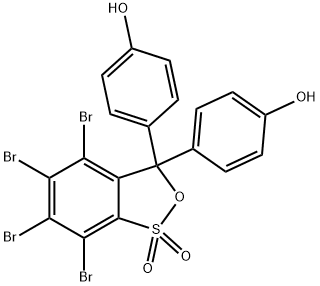
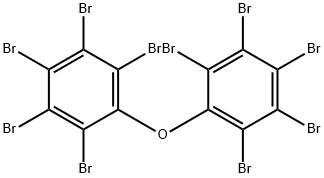
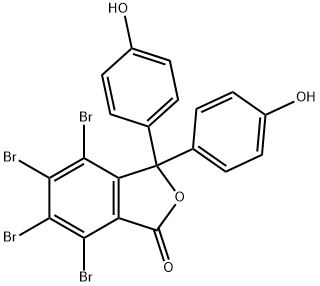


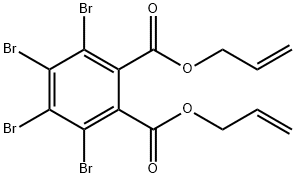
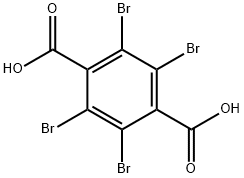

You may like
-
 1,2,4-Tribromobenzene CAS 615-54-3View Details
1,2,4-Tribromobenzene CAS 615-54-3View Details
615-54-3 -
 1,2,4-Tribromobenzene CAS 615-54-3View Details
1,2,4-Tribromobenzene CAS 615-54-3View Details
615-54-3 -
 1,2,4-Tribromobenzene, 95% CAS 615-54-3View Details
1,2,4-Tribromobenzene, 95% CAS 615-54-3View Details
615-54-3 -
 1,2,4-Tribromobenzene CAS 615-54-3View Details
1,2,4-Tribromobenzene CAS 615-54-3View Details
615-54-3 -
 1,2,4-Tribromobenzene CAS 615-54-3View Details
1,2,4-Tribromobenzene CAS 615-54-3View Details
615-54-3 -
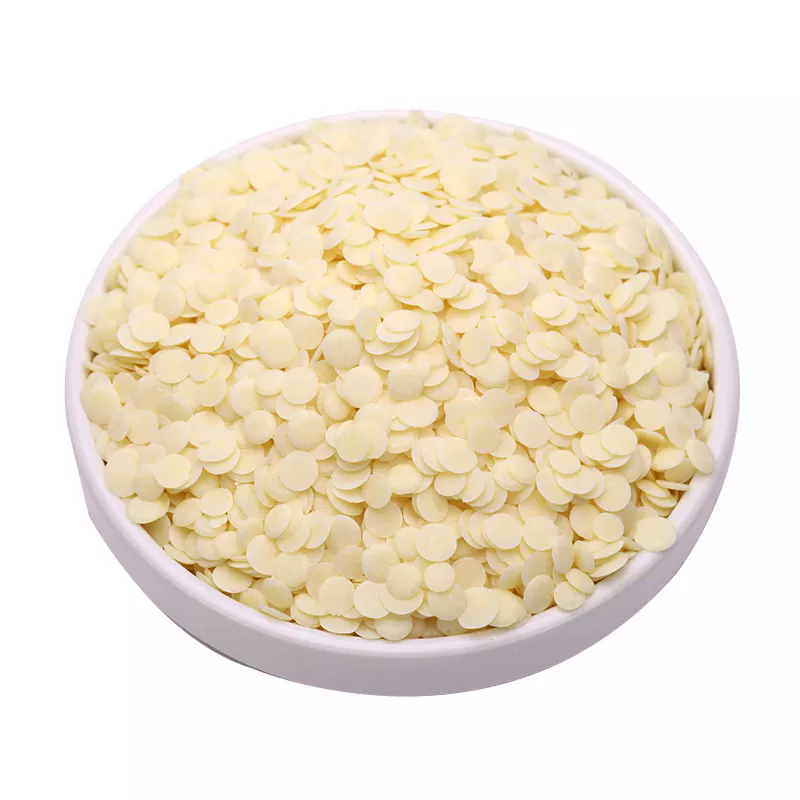 615-54-3 1,2,4-Tribromobenzene 99%View Details
615-54-3 1,2,4-Tribromobenzene 99%View Details
615-54-3 -
 13057-17-5 95.0%View Details
13057-17-5 95.0%View Details
13057-17-5 -
 4-bromoaniline 106-40-1 99.0%View Details
4-bromoaniline 106-40-1 99.0%View Details
106-40-1
Statement: All products displayed on this website are only used for non medical purposes such as industrial applications or scientific research, and cannot be used for clinical diagnosis or treatment of humans or animals. They are not medicinal or edible.